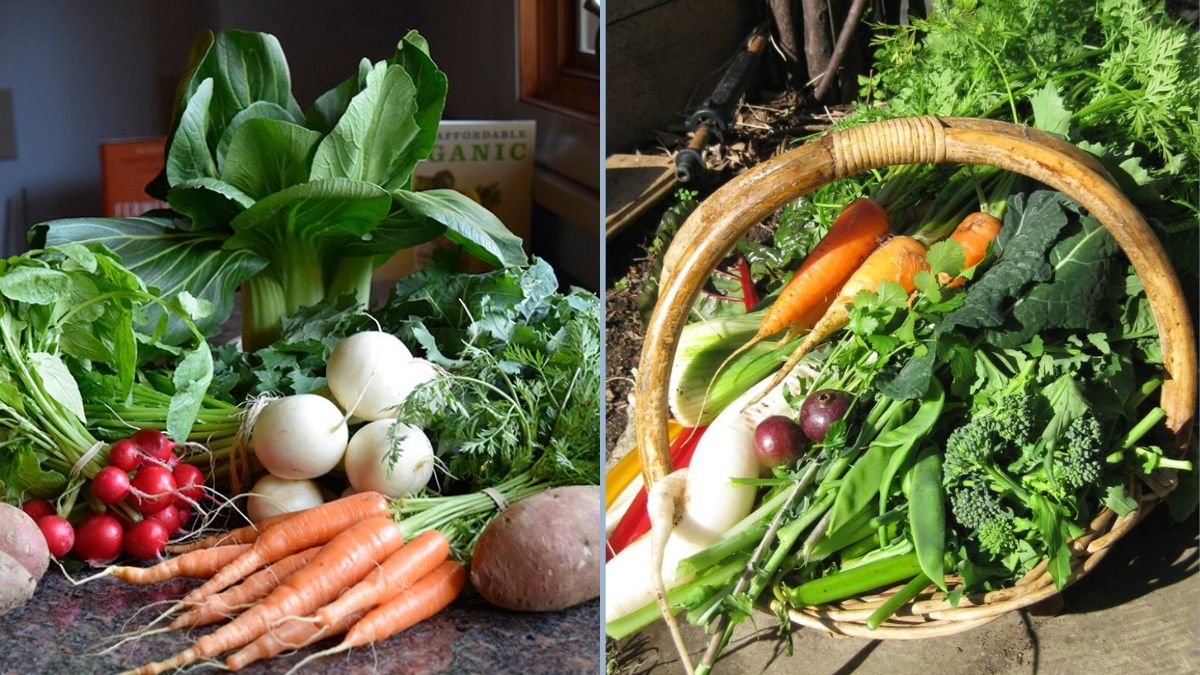Winter gardening presents unique challenges for gardeners, especially in regions where temperatures frequently drop below freezing. Cold temperatures, frost, and reduced sunlight can limit plant growth, damage tender crops, and reduce yields. However, several vegetable species are naturally cold-hardy, able to survive harsh winter conditions while providing nutritious, high-quality harvests. By selecting frost-tolerant vegetables and employing effective cultivation strategies, gardeners can enjoy fresh produce even during the coldest months. This article explores vegetables that survive cold winters, their growth requirements, and sustainable gardening practices to optimize winter harvests.
Understanding Cold Tolerance in Vegetables
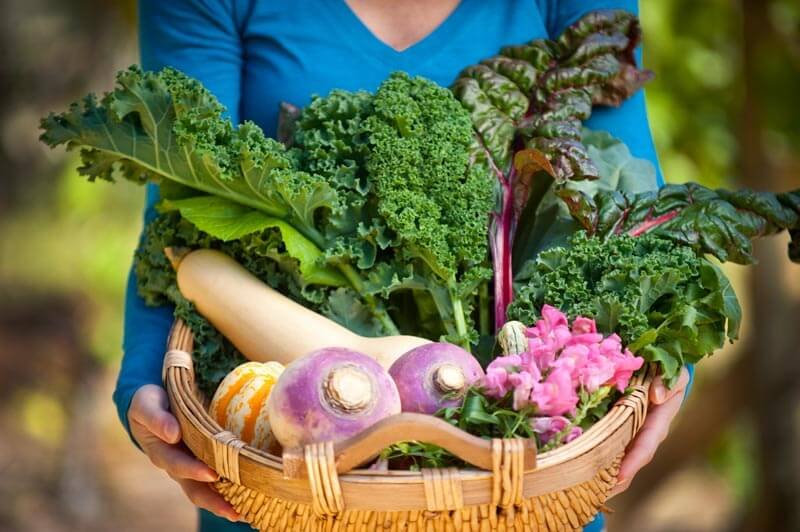
Vegetables that survive winter possess certain adaptive traits that help them withstand freezing temperatures:
- Frost Tolerance: Ability to survive light to moderate frost without tissue damage.
- Cold Acclimation: Gradual exposure to decreasing temperatures triggers protective mechanisms within the plant.
- Short-Day Growth Adaptation: Some crops can grow with limited sunlight and still produce quality yields.
- Root and Leaf Hardiness: Thickened roots and leaves store nutrients and resist cold-induced injury.
Recognizing these traits helps gardeners select the right crops for winter cultivation.
Selecting Cold-Hardy Vegetables
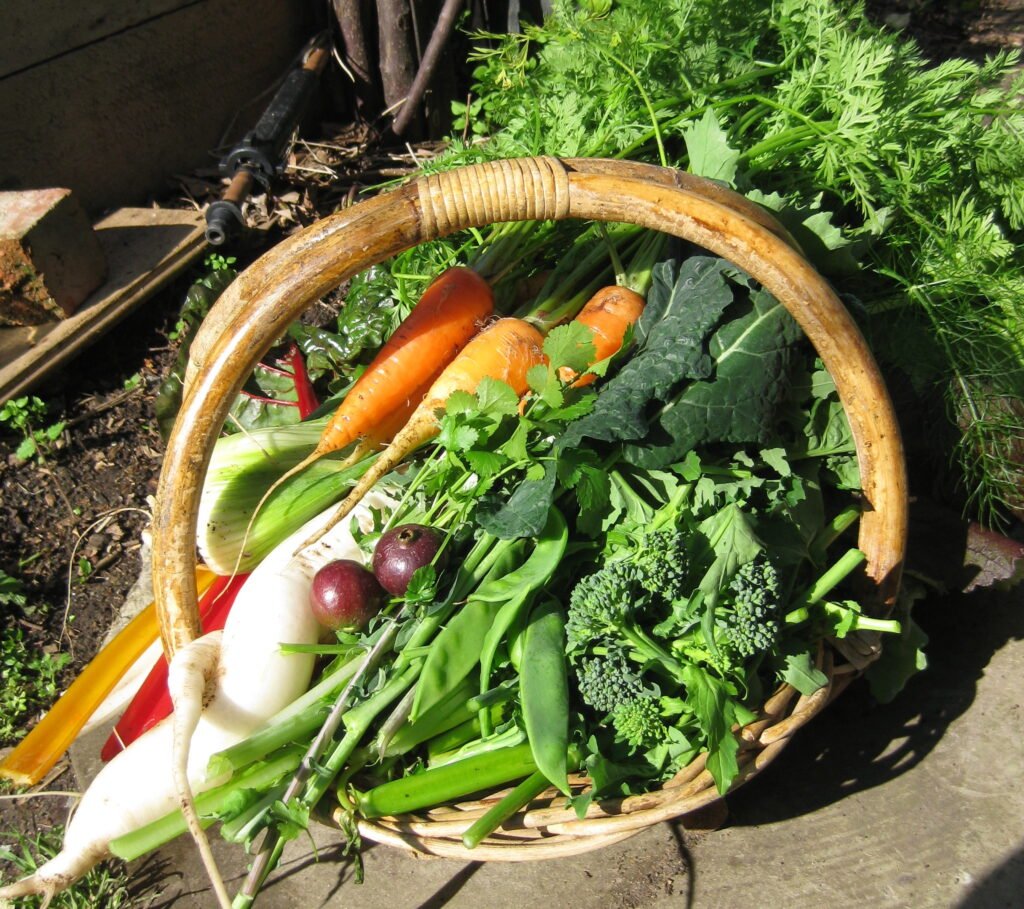
Several vegetables are particularly suited for surviving cold winters. These can be grouped into leafy greens, root vegetables, brassicas, legumes, and herbs.
1. Leafy Greens
Leafy greens are fast-growing, nutrient-rich, and highly adaptable to cold conditions:
- Spinach: Extremely frost-tolerant; light frost enhances flavor. Thrives in temperatures as low as 0°C.
- Kale: One of the hardiest greens, withstands freezing temperatures, and continues producing leaves throughout winter.
- Lettuce: Select cold-hardy varieties, such as butterhead or romaine types, for fall-to-winter growth.
- Swiss Chard: Cold-tolerant and versatile; grows continuously with minimal care.
- Arugula and Mustard Greens: Rapid-growing, flavorful, and suitable for winter salads.
2. Root Vegetables
Root crops survive well under cold conditions due to their underground storage organs:
- Carrots: Frost improves sweetness; loose, deep soil prevents deformation.
- Beets: Nutritious roots and edible greens; tolerate freezing temperatures with proper mulching.
- Radishes: Quick-maturing and resilient, ideal for late-season planting.
- Turnips and Rutabagas: Hardy, store well, and withstand prolonged cold.
3. Brassicas (Cabbage Family)
Brassicas are naturally cold-resistant and thrive in frost-prone conditions:
- Cabbage: Tolerates frost; varieties such as Savoy and winter cabbage are especially hardy.
- Broccoli: Can withstand light frost; produces compact, flavorful heads.
- Cauliflower: Cold-tolerant varieties produce firm heads during winter months.
- Brussels Sprouts: Flavor improves after exposure to frost; harvest gradually from lower leaves upward.
- Kohlrabi: Frost-hardy, rapid-growing, and ideal for winter harvests.
4. Legumes
Some legumes are resilient to cooler temperatures:
- Peas: Prefer cool, moist conditions; sow early for winter harvests.
- Broad Beans (Fava Beans): Cold-hardy and improve soil fertility through nitrogen fixation.
5. Cold-Hardy Herbs
Many perennial and biennial herbs tolerate freezing conditions and continue to provide flavor and nutrition:
- Parsley and Cilantro: Thrive in cool weather; provide fresh herbs for winter cooking.
- Chives, Thyme, and Sage: Perennial herbs that withstand frost while maintaining foliage.
- Mint: Hardy under snow cover; can be harvested throughout winter.
Preparing the Garden for Winter
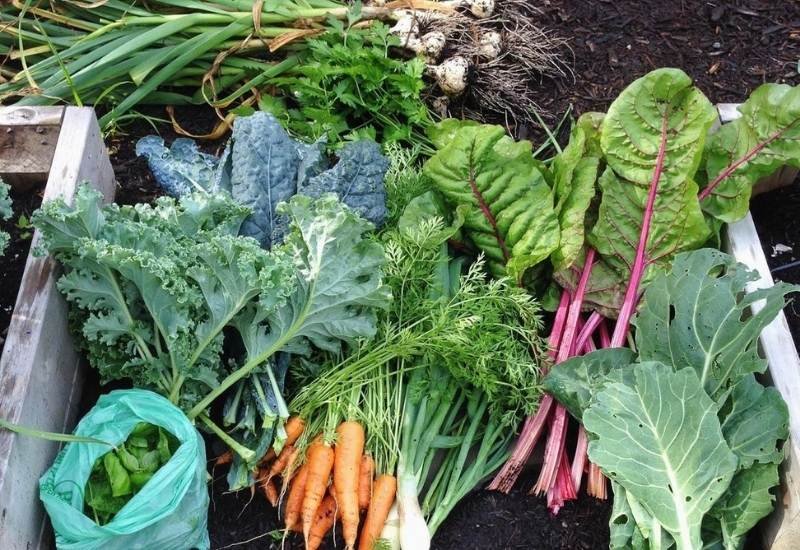
Cold-hardy vegetables require careful preparation to survive winter temperatures.
1. Soil Management
- Clear Residues: Remove spent summer crops to reduce disease risk.
- Amend Soil: Add compost, vermicompost, or well-rotted organic matter to maintain fertility.
- Raised Beds: Improve drainage and prevent waterlogging that can damage roots.
- Mulching: Apply straw, leaves, or other organic mulch to insulate soil and retain moisture.
2. Seed Selection and Planting
- Choose cold-tolerant varieties recommended for winter planting.
- Start seeds indoors or in trays for later transplantation to protect seedlings from early frost.
- Space plants adequately to improve airflow and reduce humidity-related disease.
3. Temperature and Frost Protection
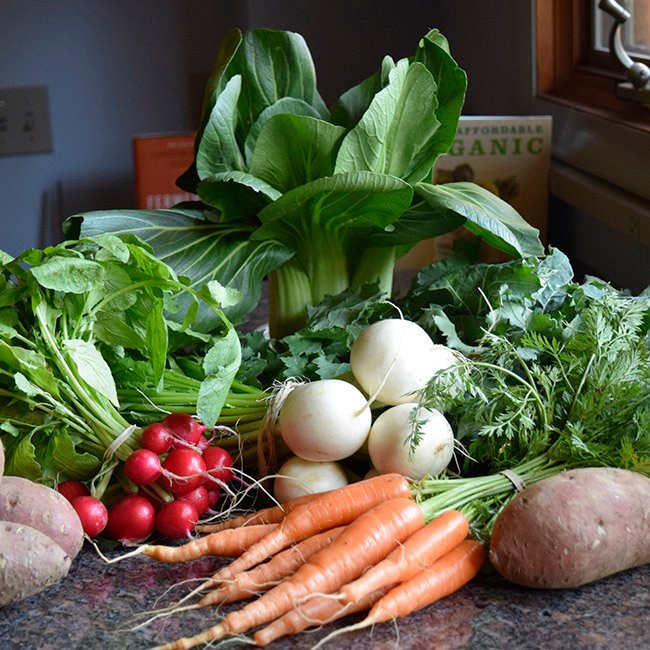
- Use row covers or frost cloths to protect young seedlings and tender plants.
- Cold Frames and Mini-Greenhouses provide a stable microclimate, extending growing periods.
- Gradually expose plants to decreasing temperatures to encourage cold acclimation.
4. Water Management
- Maintain consistent moisture without waterlogging, as roots are susceptible to rot in frozen or saturated soil.
- Water in the morning to allow foliage to dry, reducing fungal risks.
- Divert excess water using drainage channels or raised beds.
Pest and Disease Management
Cold weather reduces many summer pests, but winter vegetables still require monitoring:
- Slugs and Snails: Thrive under mulch and damp conditions; use natural barriers such as crushed eggshells, ash, or diatomaceous earth.
- Fungal Diseases: Prevent by maintaining spacing, removing infected leaves, and avoiding overhead watering.
- Beneficial Insects: Encourage ladybugs and lacewings for pest control.
- Crop Rotation: Reduce soil-borne disease buildup by rotating plant families each season.
Nutrient Management
Winter crops need adequate nutrients for growth and flavor:
- Organic Fertilizers: Compost, green manures, and vermicompost support soil fertility naturally.
- Liquid Feeding: Diluted compost tea or seaweed extract provides essential micronutrients.
- Balanced Nutrition: Avoid excessive nitrogen to prevent soft growth prone to frost damage.
Harvesting Cold-Hardy Vegetables
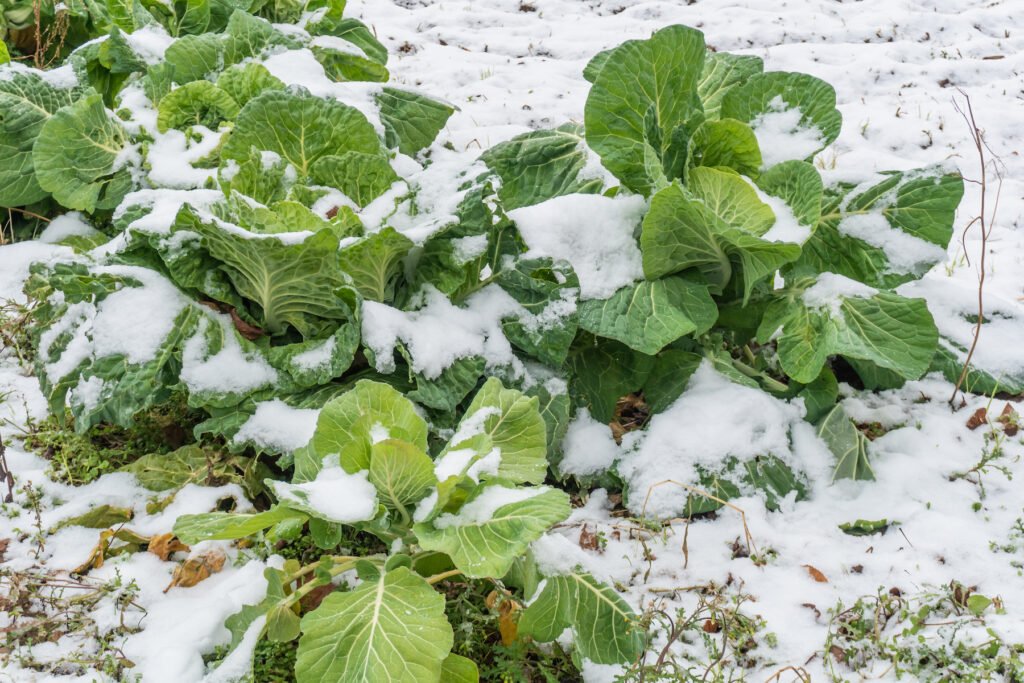
- Leafy Greens: Harvest outer leaves regularly to promote continuous growth.
- Root Vegetables: Pull roots when mature; store in cool, moist conditions to extend shelf life.
- Brassicas: Harvest heads when firm; stagger picking to prolong productivity.
- Herbs: Snip leaves as needed; dry or freeze surplus for long-term use.
Proper harvesting techniques ensure that winter crops remain productive and maintain quality throughout the season.
Companion Planting for Winter Gardens
- Leafy Greens with Root Crops: Maximizes space and reduces pest pressure.
- Brassicas with Herbs: Basil, parsley, and chives deter pests and enhance growth.
- Cover Crops: Plant legumes or clover to enrich soil, prevent erosion, and maintain soil structure.
Benefits of Growing Cold-Hardy Vegetables
- Continuous Food Supply: Provides fresh vegetables throughout winter.
- Enhanced Flavor and Nutrition: Cooler temperatures improve taste and nutrient density.
- Sustainable Gardening: Organic practices maintain soil fertility and biodiversity.
- Space Efficiency: Maximizes productivity in the kitchen or home garden year-round.
- Cost-Effective: Reduces dependence on purchased produce and promotes self-sufficiency.
Case Examples
- Kale and Spinach Beds: Gardeners in temperate climates harvested vibrant, nutrient-rich leaves despite frost exposure.
- Root Vegetables: Carrots and beets harvested in late winter were sweeter and more flavorful than summer crops.
- Brassicas: Cabbage and Brussels sprouts grown under row covers or mulching produced firm heads throughout winter.
These examples demonstrate that with preparation and adaptive strategies, cold-hardy vegetables can provide reliable and high-quality harvests in winter.
Conclusion
Growing vegetables that survive cold winters requires careful planning, selection of frost-tolerant crops, and adoption of sustainable gardening practices. Leafy greens, root vegetables, brassicas, legumes, and cold-hardy herbs can thrive when provided with optimal soil, water, and protection from frost. Techniques such as raised beds, mulching, row covers, cold frames, and proper spacing enhance survival, growth, and yield.
By managing soil fertility organically, monitoring pest and disease activity, and employing companion planting, gardeners can maximize winter productivity while promoting environmentally friendly practices. Cold-hardy vegetables not only extend the growing season but also ensure access to fresh, nutritious produce throughout the winter months. With careful planning and consistent maintenance, winter gardening can be both rewarding and sustainable, providing high-quality harvests year-round.
